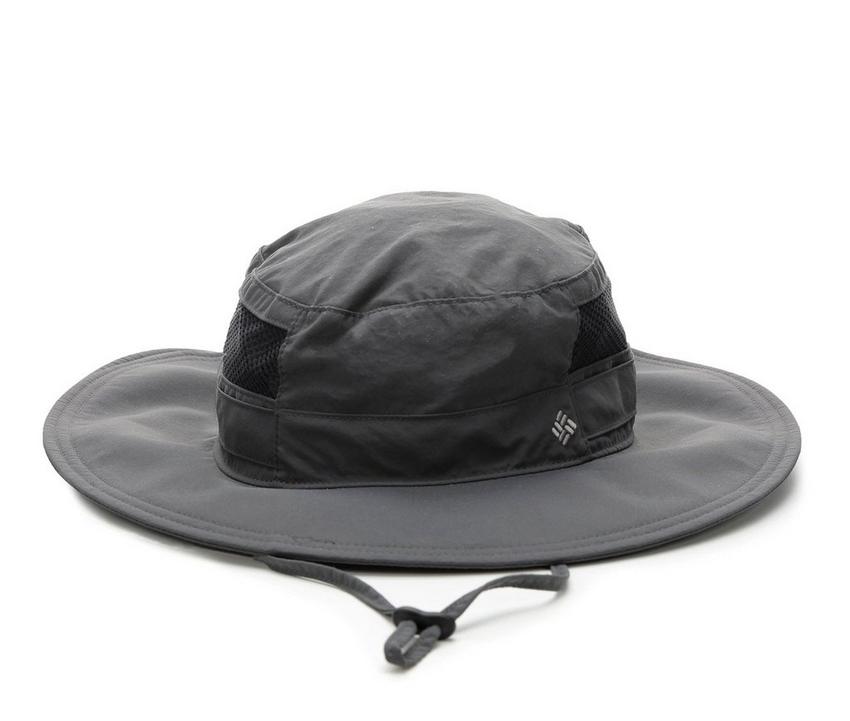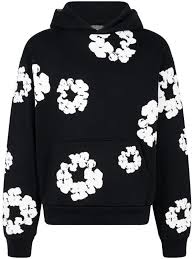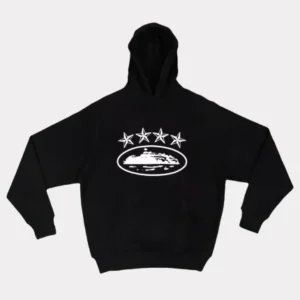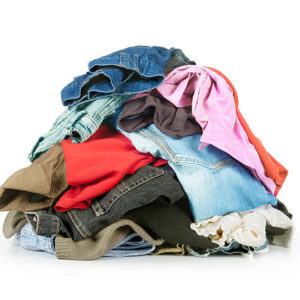Choosing the right hat is essential for outdoor activities like hiking and fishing. A good hat protects from sun exposure, offers comfort, and is easy to carry. One popular option is the booney hat Columbia, known for being lightweight, durable, and breathable. This guide will walk you through the key points to consider when selecting a lightweight hat that suits your outdoor adventures perfectly.
Why a Lightweight Hat Matters
Lightweight hats improve comfort by reducing heat and pressure on your head. Heavy hats can cause discomfort during long hikes or fishing sessions, leading to fatigue. Breathability is vital for ventilation, preventing sweat buildup. Additionally, lightweight hats are easy to pack and carry, which helps keep your backpack light. Selecting the right weight helps maintain focus on your trip, not your gear.
Key Features to Look for in a Lightweight Hat
Materials like nylon or polyester provide excellent breathability and moisture-wicking capabilities. These fabrics dry quickly, keeping your head cool and dry. A true lightweight hat typically weighs under three ounces, making it suitable for all-day wear. Fit matters too; adjustable straps or drawcords ensure the hat stays in place in windy conditions. Lastly, look for hats with UPF ratings to protect from harmful UV rays, especially with wide brims or neck flaps.
Popular Styles Suitable for Hiking and Fishing
Booney hats are favored for their wide brims and ventilation, offering superior sun protection and breathability. The booney hat Columbia combines durability with lightweight comfort, making it a reliable choice. Bucket hats are another option, but they usually lack adjustable features. Baseball caps offer comfort and style but provide less protection for the neck and ears. Choosing a style depends on your activity and preference for coverage and ventilation.
How to Choose the Right Size and Fit
Proper fit is crucial for comfort and functionality. Measure your head circumference using a tape measure around the widest part of your head. Choose hats with adjustable straps, chin cords, or Velcro to secure the fit. A snug but comfortable fit prevents the hat from slipping during windy hikes or fishing trips. Adjustable features also allow customization, ensuring the hat stays put without causing discomfort.
Top Considerations Before Buying
Consider these factors when selecting your lightweight hat:
-
Durability: Will it withstand rough outdoor conditions and frequent use?
-
Packability: Does it fold or roll without losing shape, allowing easy storage?
-
Breathability: Are mesh panels or ventilation holes included for airflow?
-
Water Resistance: Can it repel rain or dry quickly after getting wet?
-
Style Preferences: Does the design fit your personal taste and intended use?
-
Price: Ensure a balance between quality and your budget for long-lasting value.
Maintenance Tips for Your Lightweight Hat
Regular cleaning preserves your hat’s condition and performance. Hand washing with mild detergent is usually best to protect fabric and structure. Avoid harsh chemicals or machine washing unless specified by the manufacturer. Air dry hats away from direct sunlight to prevent fading and fabric damage. Store hats in a cool, dry place, and use a hat rack or shelf to maintain shape. Follow brand-specific care instructions, such as those for the booney hat Columbia, for best results.
Choosing a Hat for Different Weather Conditions
Outdoor activities expose you to varying weather, making the right hat essential for comfort. Lightweight hats with ventilation help keep your head cool during hot days. For cooler temperatures, hats with adjustable flaps or insulated linings provide warmth without adding bulk. Water-resistant materials protect against light rain or dew near lakes and trails. Consider the booney hat Columbia, which offers versatility for multiple conditions, combining sun protection, breathability, and quick-drying fabrics to handle unpredictable weather while maintaining a lightweight, comfortable fit.
Matching Your Hat to Your Outdoor Gear
Coordinating your hat with other outdoor equipment enhances both functionality and convenience. Choosing a hat color that blends with jackets, backpacks, or shirts can reduce sun glare and reflections while maintaining personal style. Lightweight hats with loops or attachment points can clip to backpacks when not worn. Selecting compatible fabrics that dry at the same rate as your clothing improves overall comfort. The booney hat Columbia, for instance, pairs easily with hiking shirts and fishing vests, ensuring your headgear works in harmony with your essential gear without compromising performance.
Enhancing Safety with Your Lightweight Hat
A well-chosen lightweight hat contributes to outdoor safety by shielding from sunburn, heatstroke, and minor impacts. Wide brims or neck flaps protect sensitive areas from UV exposure, while ventilated designs prevent overheating during extended activity. Bright or reflective colors improve visibility in crowded trails or near water. Adjustable straps keep the hat securely in place, reducing distractions and hazards caused by slipping hats. Selecting a reliable option like the booney hat Columbia ensures protection and comfort, supporting a safer and more enjoyable hiking or fishing experience.
Conclusion
Selecting a lightweight hat involves considering comfort, protection, and practicality. Pay attention to materials, fit, sun protection, and style to find a hat that meets your outdoor needs. The booney hat Columbia offers a dependable option with excellent features for hiking and fishing. Choosing the right hat ensures better protection and enjoyment on your adventures. Keep these tips in mind to pick a hat that keeps you comfortable and shielded throughout your trip.
FAQs
Q1: What materials make the best lightweight hats for outdoor use?
Nylon and polyester are top choices due to their breathability, moisture-wicking, and quick-drying properties, ideal for hiking and fishing.
Q2: How does UPF rating affect sun protection in hats?
A high UPF rating, such as 50+, blocks most UV rays, reducing the risk of sunburn and skin damage during extended outdoor exposure.
Q3: Are adjustable straps necessary on lightweight hats?
Adjustable straps or chin cords keep hats secure on windy days, which is important to prevent loss and maintain comfort during active outdoor use.
Q4: Can lightweight hats be water-resistant?
Yes, many lightweight hats have water-repellent coatings or fabrics that dry quickly, helping you stay comfortable during light rain or splashes.
Q5: How do I maintain the shape of a lightweight hat during travel?
Choose packable hats designed to fold or roll without damage. Store them properly, and avoid crushing to keep the hat’s shape intact.






